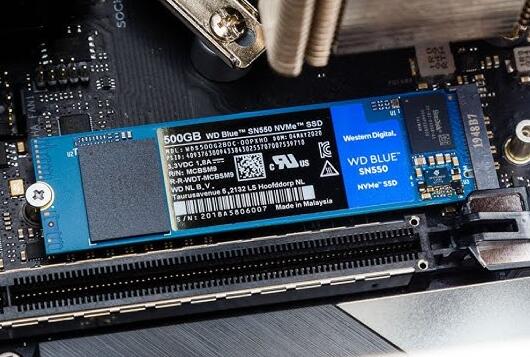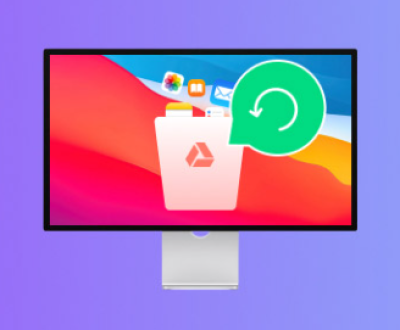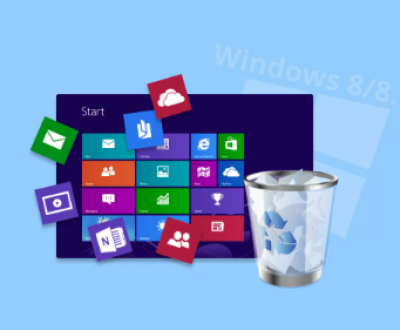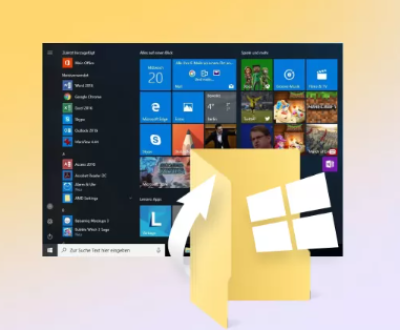When you first get a brand-new solid-state drive (SSD), it’s easy to assume you can just plug it in and start using it immediately. But sometimes, your computer doesn’t even recognize it until you take an important step: formatting the drive. This raises a common question: Do SSD drives need to be formatted? The answer isn’t just a simple yes or no it depends on the situation, the drive’s purpose, and your system setup.
SSDs: Why They’re Different
Before we dive into formatting, it helps to understand what makes SSDs unique compared to traditional hard disk drives (HDDs). An HDD uses a spinning magnetic disk to store data, while an SSD uses flash memory chips. This key difference means:

SSDs have no moving parts.
They’re significantly faster for reading and writing data.
They’re less prone to mechanical failure.
They have a limited number of write cycles (though modern drives last a very long time).
Because of this flash memory setup, SSDs manage data differently behind the scenes. They use techniques like wear leveling and garbage collection to ensure even use of memory cells and maintain performance over time. These background processes are important when considering formatting, as we’ll explain later.
What Does Formatting Mean?
When we say “formatting” a drive, we’re referring to the process of preparing it for use by an operating system. Formatting involves:
Setting up a file system (like NTFS for Windows, APFS for Mac, or ext4 for Linux).
Organizing the storage into logical sectors and allocation units.
Optionally, wiping existing data (depending on the type of format you choose).
A formatted drive is one that the operating system understands how to interact with it knows where to store files and how to retrieve them efficiently.
There are two major types of formatting:
Quick Format: Creates a new file system but doesn’t completely erase the existing data it simply marks the old data as available space.
Full Format: Creates a new file system and actively checks the disk for bad sectors. It’s a more thorough process but takes longer.
Do New SSDs Need to Be Formatted?
Yes, typically a new SSD needs to be formatted before first use especially if it’s sold as a “bare” or “uninitialized” drive.
Many SSDs don’t come pre-formatted because manufacturers can’t know what system the drive will be used on. Windows? MacOS? Linux? Each requires different file systems and partition schemes. So, to make it flexible for users, manufacturers often ship SSDs blank and ready for the buyer to set up as needed.
When you install a new SSD:
If the operating system doesn’t recognize it, it’s likely because the drive has no partitions or file system.
You can open Disk Management (Windows) or Disk Utility (Mac) to initialize and format the drive.
Thus, formatting is usually the first step you’ll take after installing a brand-new SSD.
What About SSDs Already in Use?
If an SSD is already formatted and in use, you don’t need to format it again unless there’s a specific reason.
Some scenarios where reformatting might be necessary include:
Changing the file system (e.g., from NTFS to exFAT for cross-platform use).
Preparing the drive for a new operating system installation.
Wiping all personal data before selling or recycling the SSD.
Fixing file system corruption that can’t be repaired easily.
In these cases, formatting can solve problems or make the drive better suited for a new role.
However, casual reformatting for no reason is not recommended. Even though formatting is relatively gentle compared to constant heavy writing, unnecessary formats do cause a small amount of wear, and it’s just not productive.
Formatting vs. Secure Erase
A common misconception is that formatting “erases” everything. It doesn’t not entirely.
A Quick Format just marks the data as gone; it’s still technically there until overwritten.
A Full Format on a mechanical drive overwrites each sector with zeros but SSDs don’t work the same way.
For SSDs, a process called Secure Erase is used when you want to truly wipe data. Secure Erase issues a special command (built into the SSD’s firmware) that tells the controller to clear all memory cells at once.
If you’re selling or disposing of an SSD, use Secure Erase instead of just formatting. Many SSD manufacturers (like Samsung, Crucial, and Western Digital) offer free utilities to perform Secure Erase safely.
Does Formatting Hurt SSDs?
In general, formatting an SSD once or twice over its lifetime will not cause any harm.
SSDs are designed to endure thousands of write/erase cycles. Normal use, including occasional formatting, won’t make a noticeable dent in an SSD’s lifespan.
However:
Excessive formatting, overwriting, or Secure Erasing can cause unnecessary wear over time.
Using low-quality formatting tools or performing improper secure wipes repeatedly could potentially damage firmware or degrade flash memory faster.
Modern SSDs are quite resilient, but the rule of thumb is: format only when necessary and use proper tools when doing so.
How to Properly Format an SSD
If you decide to format your SSD, following the correct procedure ensures you don’t accidentally degrade performance.
Here’s a basic guide:
For Windows:
Open Disk Management (Right-click Start > Disk Management).
Find your SSD in the list.
If the drive is new, you’ll need to Initialize it first choose GPT (GUID Partition Table) unless you have a specific reason to use MBR.
Right-click the unallocated space and choose New Simple Volume.
Follow the wizard to create a partition and select a file system (usually NTFS for internal drives, or exFAT for external portability).
Choose Quick Format unless you need to fully scan for bad sectors.
For Mac:
Open Disk Utility (Applications > Utilities > Disk Utility).
Select the SSD from the sidebar.
Click Erase.
Choose a format (APFS for MacOS 10.13+ or Mac OS Extended for older systems).
Assign a name and click Erase again.
For Linux:
You can use GParted (GUI) or command-line tools like mkfs to format SSDs. Choose ext4 for most Linux setups.
Special Considerations for SSD Formatting
1. Choose the Right File System
Different systems and uses require different file systems:
NTFS: Best for Windows installations.
exFAT: Good for drives that move between Windows and Mac.
APFS: Optimized for MacOS 10.13 and later.
ext4: Standard for Linux.
Choosing the wrong file system could lead to compatibility headaches.
2. Enable TRIM
TRIM is a command that helps SSDs manage unused data blocks and maintain fast performance.
Windows 7 and newer handle TRIM automatically for SSDs.
On Mac, TRIM is enabled by default for Apple-installed SSDs, but you may need to manually enable it for third-party drives.
Linux typically has TRIM support but may require configuration.
After formatting, it’s a good idea to verify that TRIM is active.
3. Don’t Over-Provision Unnecessarily
Some SSDs come with built-in over-provisioning (reserving extra space to extend lifespan and performance). When formatting, don’t partition every last byte leave a little free space (5-10%) if possible.
Many SSD tools (Samsung Magician, Crucial Storage Executive) allow you to manage over-provisioning easily.
Should You Format an External SSD?
External SSDs those connected via USB-C, Thunderbolt, or USB 3.0 often come pre-formatted for wide compatibility (usually exFAT).
However, you might still want to reformat an external SSD if:
You want to optimize it for a specific operating system.
You need a different cluster size or encryption method.
You want a fresh start to clear up hidden junk files.
Formatting an external SSD follows the same basic steps as formatting an internal one.
Common Myths About SSD Formatting
1. “You must format an SSD regularly to keep it fast.”
False. Regular formatting doesn’t improve performance. TRIM, garbage collection, and firmware updates maintain SSD speed not reformatting.
2. “Formatting an SSD damages it.”
Mostly false. Occasional formatting is harmless. Abuse (like constantly writing/erasing large volumes) can cause wear, but everyday formatting won’t kill your drive.
3. “Quick format is unsafe.”
False. For most users, a Quick Format is perfectly fine unless you’re troubleshooting deep drive issues or preparing a drive for sale.
When Not to Format an SSD
There are times when formatting is not the right move:
When troubleshooting minor performance dips: Instead, check for firmware updates or optimize TRIM.
When experiencing frequent crashes: Formatting won’t fix a failing SSD; hardware failure requires replacement.
When unsure about data backup: Formatting will destroy file structures, making recovery harder always back up first!
Final Thoughts: The Smart Way to Handle SSD Formatting
So, do SSD drives need to be formatted?
Yes, sometimes but not always.
New SSDs: Usually need initial formatting.
In-use SSDs: Only format for specific reasons (new file system, data wipe, system reinstall).
Selling or recycling: Use Secure Erase, not just a format.
SSD technology has evolved to make formatting simple and safe when done correctly. A little knowledge about file systems, partitioning, and TRIM ensures that your SSD stays healthy, fast, and reliable for years to come.
Handle formatting wisely, and your SSD will continue to deliver blazing-fast performance without any issues.
About us and this blog
Panda Assistant is built on the latest data recovery algorithms, ensuring that no file is too damaged, too lost, or too corrupted to be recovered.
Request a free quote
We believe that data recovery shouldn’t be a daunting task. That’s why we’ve designed Panda Assistant to be as easy to use as it is powerful. With a few clicks, you can initiate a scan, preview recoverable files, and restore your data all within a matter of minutes.
Subscribe to our newsletter!
More from our blog
See all postsRecent Posts
- How to recover accidentally deleted files 2025-07-01
- How do i recover a file i accidentally deleted 2025-07-01
- How to recover an accidentally deleted file 2025-07-01

 Try lt Free
Try lt Free Recovery success rate of up to
Recovery success rate of up to









